You create a Width less Than or Equal 150 constraint. That works because the button has a intrinsic width, so the constraint limits it to a max width of 150 pt.
But this would conflict with your edge constraints because they want to make the button wider than 150 points. If you lower the priority of the edge constraints the width constraint gets precedence. The edge constraints will be only fulfilled if they don't break the width constraint. The edge constraints don't disappear, they still assert some "pull" on the button, but they can't assert their full "force". So they just pull it to the max width of 150 points.
This is how you do it:
Create a "regular" width constraint, then edit that constraint in the side bar so it becomes a "Less Than or Equal" constraint.

Next you select the edge constraints and lower their priority to something less than 1000.

And you got a button that grows until it's 150 points wide.

in code:
let button = UIButton()
button.setTranslatesAutoresizingMaskIntoConstraints(false)
button.backgroundColor = UIColor.redColor()
button.setTitle("Button", forState: .Normal)
view.addSubview(button)
let centerXConstraint = NSLayoutConstraint(item: button, attribute: .CenterX, relatedBy: .Equal, toItem: self.view, attribute: .CenterX, multiplier: 1, constant: 0)
view.addConstraint(centerXConstraint)
let centerYConstraint = NSLayoutConstraint(item: button, attribute: .CenterY, relatedBy: .Equal, toItem: self.view, attribute: .CenterY, multiplier: 1, constant: 0)
view.addConstraint(centerYConstraint)
let views = ["button" : button]
let horizontalConstraints = NSLayoutConstraint.constraintsWithVisualFormat("|-(100@999)-[button(<=150)]-(100@999)-|", options: nil, metrics: nil, views: views)
view.addConstraints(horizontalConstraints)
last two lines contain the important constraints.


